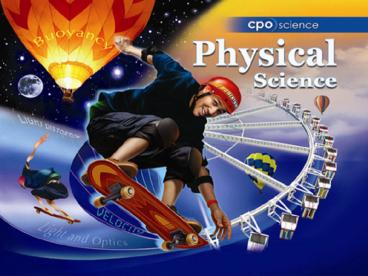Atoms, Elements, and Compounds - PowerPoint PPT Presentation
1 / 15
Title:
Atoms, Elements, and Compounds
Description:
Chapter Fourteen: Elements and the Periodic Table 14.1 The Periodic Table 14.2 Properties of the Elements Investigation 14B How is the periodic table organized? – PowerPoint PPT presentation
Number of Views:282
Avg rating:3.0/5.0
Title: Atoms, Elements, and Compounds
1
(No Transcript)
2
Atoms, Elements, and Compounds
3
Chapter Fourteen Elementsand the Periodic Table
- 14.1 The Periodic Table
- 14.2 Properties of the Elements
4
Investigation 14B
Periodic Table Group Challenge
- How is the periodic table organized?
5
14.2 Properties of the elements
- Most of the pure elements are solid at room
temperature. - Only 11 naturally occurring elements are a gas.
- Only 2 elements (Br and Hg) are liquid at room
temperature.
6
14.2 Periodic properties of elements
- Periodicity means properties repeat each period
(row) of the periodic table.
7
The pattern of above is an example of periodicity.
8
14.2 Thermal and electrical conductivity
- Electricity is the movement of electric charge,
usually electrons. - Some materials allow electrons to flow easily
through them. - We call these materials electrical conductors.
9
14.2 Thermal and electrical conductivity
- Like copper, most metals are good thermal
conductors. - That is one reason pots and pans are made of
metal.
10
14.2 Thermal and electrical conductivity
- Because they are so different from metals,
elements on the far right of the table are called
non-metals. - Nonmetals make good insulators.
- An insulator is a material which slows down or
stops the flow of either heat or electricity.
11
14.2 Metals and metal alloys
- An alloy is a solid mixture of one or more
elements. - Most metals are used as alloys and not in their
pure elemental form. - Yellow brass is an alloy of 72 copper, 24 zinc,
3 lead, and 1 tin.
12
14.2 Carbon and carbon-like elements
- Almost all the molecules that make up plants and
animals are constructed around carbon. - The chemistry of carbon is so important it has
its own name, organic chemistry.
How are diamonds and silicon important?
13
14.2 Nitrogen, oxygen and phosphorus
- Oxygen and nitrogen are crucial to living animals
and plants. - For example, proteins and DNA both contain
nitrogen. - Phosphorus is a key ingredient of DNA, the
molecule responsible for carrying the genetic
code in all living creatures.
14
Technology Connection
Digging for Gold
- The physical properties of gold make it useful in
surprising ways. - You can find gold in astronaut gear, airplane
windshields, and even in some peoples eyelids!
15
Activity
Name that Element
- Each element on the periodic table has a chemical
symbol that is an abbreviation of the elements
name. - In this activity, youll make a set of flashcards
for 30 elements and then play a game to see who
in your class knows their elements.































